Home>Gardening & Outdoor>Landscaping Ideas>How To Get Rid Of Ivy In Grass
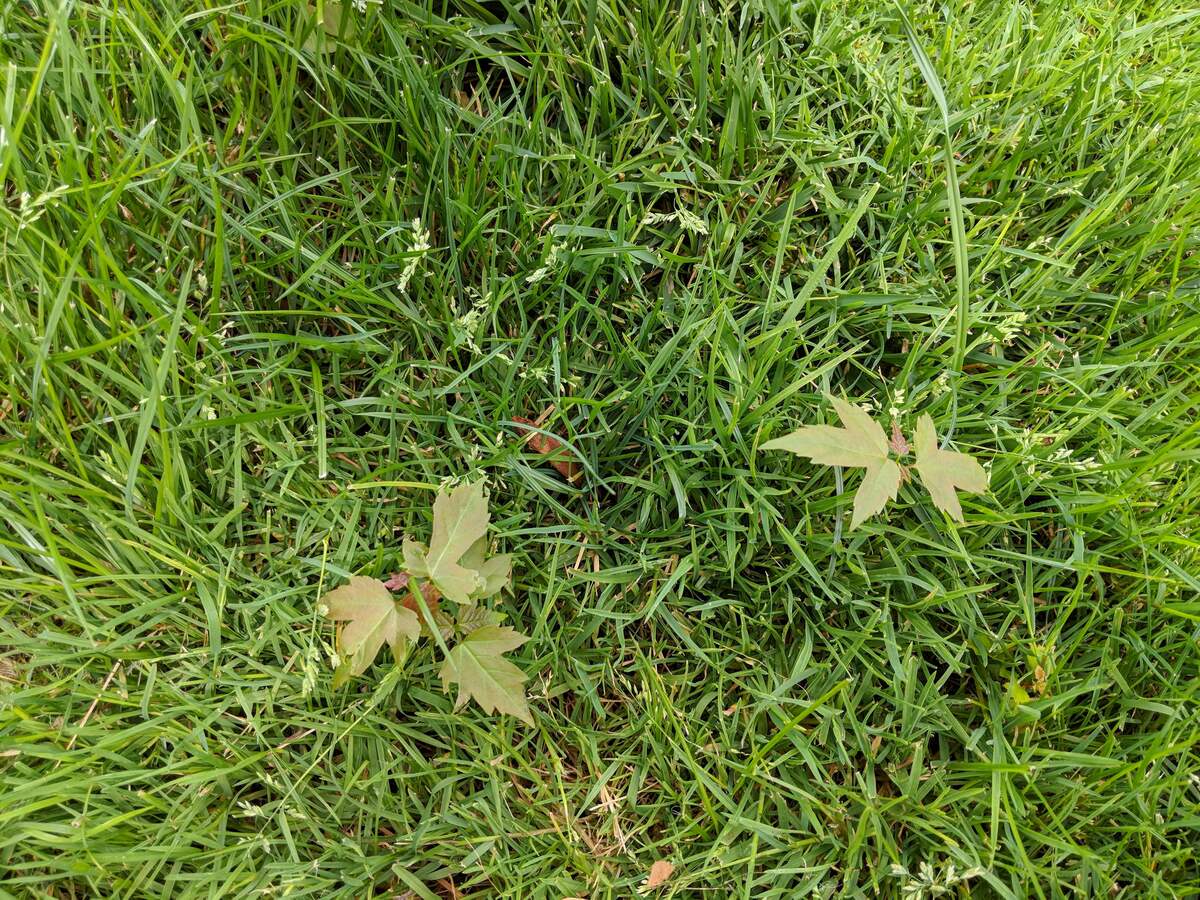

Landscaping Ideas
How To Get Rid Of Ivy In Grass
Published: January 24, 2024
Learn effective landscaping ideas for removing ivy from your grass. Discover the best methods to reclaim your lawn from invasive ivy.
(Many of the links in this article redirect to a specific reviewed product. Your purchase of these products through affiliate links helps to generate commission for Storables.com, at no extra cost. Learn more)
Introduction
Welcome to the battle against the invasive and persistent ivy that has infiltrated your lush green grass. Dealing with ivy in your lawn can be a daunting task, but fear not, as we are here to equip you with the knowledge and strategies to reclaim your turf. Ivy, with its tenacious nature and rapid growth, can quickly overtake your grass, depriving it of essential nutrients and moisture. However, with the right approach, you can effectively eliminate ivy and restore the vitality of your lawn.
In this comprehensive guide, we will delve into the intricacies of understanding ivy in grass, explore manual and chemical removal methods, and learn how to prevent ivy from reoccurring. By the end of this journey, you will possess the expertise to combat ivy invasion and maintain a thriving, ivy-free lawn.
Key Takeaways:
- Ivy can harm your grass by competing for sunlight and nutrients. Manual removal with gloves and shears is a hands-on, rewarding way to clear ivy and restore your lawn’s health.
- Chemical removal of ivy can be effective, but it’s important to be cautious and follow safety guidelines. Prevent ivy from coming back by maintaining your lawn and using proactive measures.
Read more: How To Get Rid Of Crabgrass
Understanding Ivy in Grass
Before embarking on the mission to eradicate ivy from your grass, it’s crucial to comprehend the nature of this resilient and pervasive plant. Ivy, also known as Hedera Helix, is a vigorous and fast-growing vine that can effortlessly spread across the ground, intertwining itself with the blades of grass and forming dense mats. Its ability to thrive in various conditions, including shade and poor soil, makes it a formidable adversary for your grass.
When ivy infiltrates your lawn, it competes with the grass for essential resources such as sunlight, water, and nutrients. This competition often results in the suppression of grass growth, leading to patchy, discolored, and weakened areas in your lawn. Furthermore, ivy’s aggressive nature allows it to establish a strong foothold, making manual removal a challenging task.
Identifying ivy in your grass is crucial for effective eradication. The distinctive glossy, dark green leaves of ivy, typically featuring three to five lobes, set it apart from the surrounding grass. Additionally, ivy produces small, spherical black berries, further aiding in its recognition. Understanding the growth patterns and characteristics of ivy is essential for devising a targeted approach to eliminate it from your lawn.
Moreover, ivy’s resilience and ability to regenerate from even the smallest stem fragments necessitate a thorough and persistent eradication strategy. Neglecting to address ivy invasion promptly can result in its rapid proliferation, further complicating the task of restoring your grass to its former glory.
Now that we have gained insight into the tenacity of ivy and its detrimental impact on grass, it’s time to explore effective methods for removing this invasive plant and reclaiming the health and vibrancy of your lawn.
Manual Removal of Ivy
Engaging in the manual removal of ivy from your grass is a labor-intensive yet rewarding endeavor. This hands-on approach allows you to directly confront the invasive plant and meticulously clear it from your lawn. Before initiating the removal process, equip yourself with sturdy gardening gloves, pruning shears, and a sharp garden knife to facilitate the task.
Begin by carefully inspecting the affected areas of your lawn, identifying the extent of ivy infestation and its intertwining with the grass. Using the pruning shears, selectively trim the ivy vines at ground level, severing their connection to the root system. It’s essential to exercise caution during this step to avoid damaging the underlying grass and to ensure the complete severance of the ivy vines.
Following the initial trimming, gently lift the severed ivy vines from the grass, unwinding and untangling them from the blades. This meticulous process may require patience and persistence, especially in densely matted areas. As you clear the ivy, periodically inspect the grass for any remaining fragments or hidden root systems, ensuring thorough removal.
For areas where ivy has densely covered the ground, employing a sharp garden knife can aid in cutting through the mat of ivy and facilitating its removal. As you gradually disentangle and extract the ivy, exercise care to minimize disruption to the underlying grass and soil, preserving the integrity of your lawn.
Once the manual removal process is complete, it’s essential to dispose of the extracted ivy responsibly to prevent any potential reinfestation. Bagging the ivy for proper disposal or composting is recommended to prevent its regrowth and to maintain the cleanliness of your garden.
Manual removal of ivy not only restores the visual appeal of your lawn but also fosters a deeper connection with your outdoor space. Engaging in this hands-on endeavor allows you to witness the tangible impact of your efforts, reinforcing a sense of accomplishment and pride in nurturing a thriving and ivy-free lawn.
While manual removal serves as an effective initial step in combating ivy invasion, exploring chemical removal methods can provide additional support in addressing persistent or widespread infestations. Let’s delve into the realm of chemical removal and its considerations in the battle against ivy in grass.
To get rid of ivy in grass, manually pull out the ivy, making sure to remove the roots. You can also mow the grass regularly to weaken the ivy and apply an herbicide specifically designed to target ivy.
Chemical Removal of Ivy
When faced with extensive or resilient ivy infestations in your grass, chemical removal methods can serve as a valuable ally in your battle against this invasive plant. Before proceeding with chemical intervention, it’s imperative to exercise caution and adhere to safety guidelines to minimize environmental impact and safeguard the surrounding vegetation.
Selective herbicides formulated specifically for broadleaf plants, including ivy, can be strategically applied to target the invasive vines while preserving the integrity of the grass. These herbicides contain active ingredients tailored to disrupt the growth and vitality of ivy, facilitating its gradual deterioration and eventual eradication.
Prior to applying the herbicide, carefully assess the extent of ivy infestation and the proximity of desirable vegetation to ensure precise and targeted application. Shielding the surrounding grass from unintended herbicide exposure is essential to prevent collateral damage and preserve the health of your lawn.
When applying the herbicide, adhere to the recommended dosage and application guidelines provided by the manufacturer. Utilize a sprayer or applicator to administer the herbicide directly onto the ivy, ensuring thorough coverage while minimizing overspray onto the grass and surrounding plants.
Following the application, monitor the treated areas closely, observing the gradual impact of the herbicide on the ivy. As the herbicide takes effect, the ivy will exhibit signs of deterioration, such as wilting and discoloration, indicating the success of the chemical intervention.
It’s important to exercise patience during the chemical removal process, as the full eradication of ivy may require multiple applications over an extended period. Regular monitoring and reapplication, as necessary, will ensure the comprehensive elimination of the invasive vines, paving the way for the rejuvenation of your grass.
While chemical removal of ivy presents an effective and targeted approach, it is essential to prioritize environmental responsibility and safety throughout the process. Adhering to the recommended usage guidelines and precautions outlined by the herbicide manufacturer is paramount to mitigate any adverse impact on the ecosystem and surrounding flora.
With the successful eradication of ivy from your grass, it’s imperative to implement preventive measures to fortify your lawn against the reoccurrence of this resilient plant. Let’s explore proactive strategies to safeguard your grass and preserve its vitality in the face of potential ivy resurgence.
Preventing Ivy from Reoccurring
Having triumphed over the invasive ivy and restored the vibrancy of your grass, it’s essential to implement proactive measures to prevent the reoccurrence of this resilient plant. By fortifying your lawn against potential ivy resurgence, you can safeguard the health and vitality of your grass, ensuring its enduring beauty and resilience.
One effective strategy to prevent the reestablishment of ivy in your grass is to maintain a vigilant and proactive approach to lawn care. Regularly inspect your lawn for any signs of new ivy growth, promptly addressing and removing any emerging vines to prevent their proliferation. By staying attuned to the early stages of ivy invasion, you can thwart its advancement and preserve the pristine condition of your grass.
Furthermore, fostering the robust growth of your grass through proper maintenance and care can create an inhospitable environment for ivy. Implementing a consistent mowing schedule, optimizing watering practices, and nourishing the soil with appropriate fertilization can bolster the health and density of your grass, reducing the likelihood of ivy encroachment.
Introducing a dense and diverse grass species or overseeding with resilient grass varieties can enhance the resilience of your lawn, creating a formidable barrier against ivy intrusion. By diversifying the grass species in your lawn, you can bolster its ability to outcompete and inhibit the establishment of invasive plants, including ivy.
Establishing physical barriers, such as edging or landscape fabric, can aid in containing the spread of ivy and preventing its encroachment into your grass. These barriers serve as a protective boundary, impeding the lateral expansion of ivy and preserving the integrity of your meticulously maintained lawn.
Engaging in proactive weed control measures, including the targeted application of pre-emergent herbicides, can further fortify your lawn against the resurgence of ivy. By inhibiting the germination and establishment of ivy seeds, you can preemptively thwart its reoccurrence, maintaining the pristine expanse of your grass.
By integrating these proactive strategies into your lawn care regimen, you can fortify your grass against the reemergence of ivy, ensuring its enduring health and vitality. With a vigilant and dedicated approach to preventive measures, you can preserve the lush green expanse of your lawn, free from the encroachment of invasive ivy.
As we conclude our journey in combating ivy invasion and fortifying our grass against its reoccurrence, it’s evident that with the right knowledge and strategies, we can maintain a thriving and ivy-free lawn. Let’s reflect on our accomplishments and the enduring beauty of our rejuvenated grass.
Read more: How To Get Rid Of Grasshoppers
Conclusion
As we conclude our exploration of combating ivy invasion in grass, we have delved into the nuances of understanding ivy, employing manual and chemical removal methods, and implementing preventive measures to safeguard the vitality of our lawns. The resilient and pervasive nature of ivy presents a formidable challenge, yet armed with the right strategies, we can triumph over its encroachment and restore the lush expanse of our grass.
Understanding the tenacity of ivy and its detrimental impact on grass has empowered us to devise targeted approaches for its eradication. The manual removal of ivy, though labor-intensive, fosters a deeper connection with our outdoor space and yields tangible results, reinstating the visual appeal of our lawn.
Exploring chemical removal methods has provided us with an additional arsenal in combating persistent or widespread ivy infestations. Adhering to safety guidelines and environmental responsibility, we have harnessed the power of selective herbicides to target and eliminate the invasive vines, paving the way for the rejuvenation of our grass.
As we fortify our lawns against the reoccurrence of ivy, we have embraced proactive measures to preserve the enduring beauty and resilience of our grass. By maintaining a vigilant approach to lawn care, fostering robust grass growth, and implementing physical barriers, we have erected a formidable defense against ivy intrusion, ensuring the sustained vitality of our lawns.
Our journey in combatting ivy invasion has not only equipped us with the knowledge and strategies to reclaim our lawns but has also fostered a deeper appreciation for the intricate interplay between nature and our outdoor spaces. Through our concerted efforts, we have nurtured thriving and ivy-free lawns, cultivating havens of natural beauty and tranquility.
As we bid farewell to the invasive ivy and revel in the rejuvenated expanse of our grass, let us carry forward our newfound expertise and dedication to preserving the vitality of our outdoor sanctuaries. With unwavering commitment and a profound understanding of our natural surroundings, we can continue to nurture and cherish our thriving and ivy-free lawns for years to come.
Frequently Asked Questions about How To Get Rid Of Ivy In Grass
Was this page helpful?
At Storables.com, we guarantee accurate and reliable information. Our content, validated by Expert Board Contributors, is crafted following stringent Editorial Policies. We're committed to providing you with well-researched, expert-backed insights for all your informational needs.
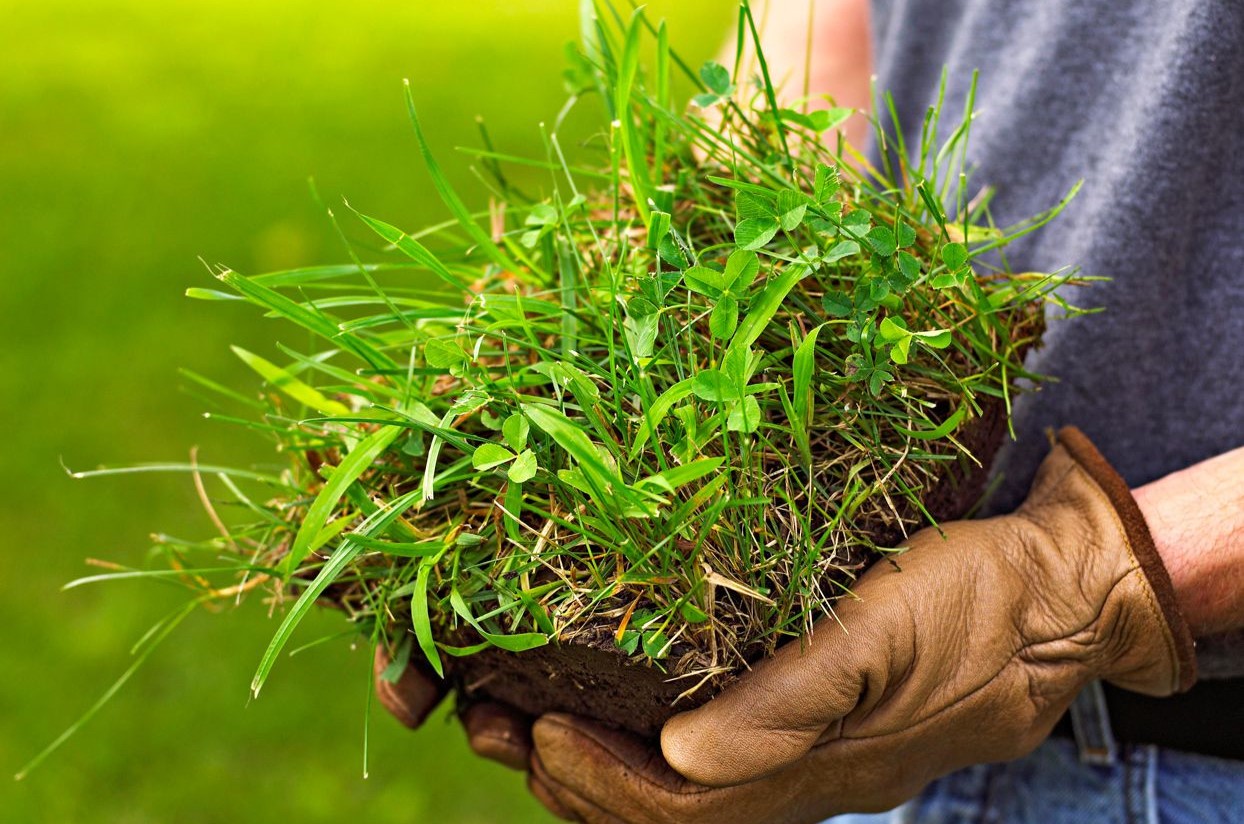
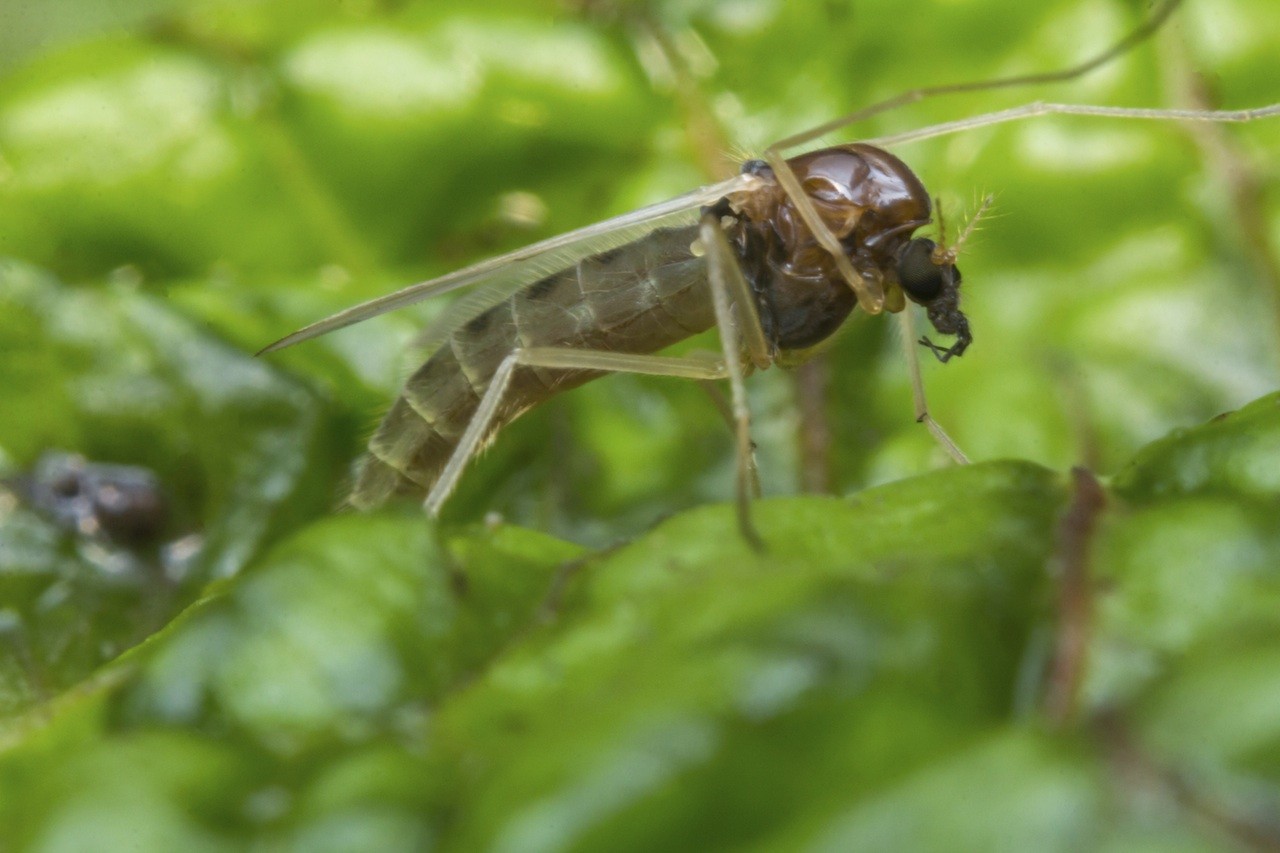
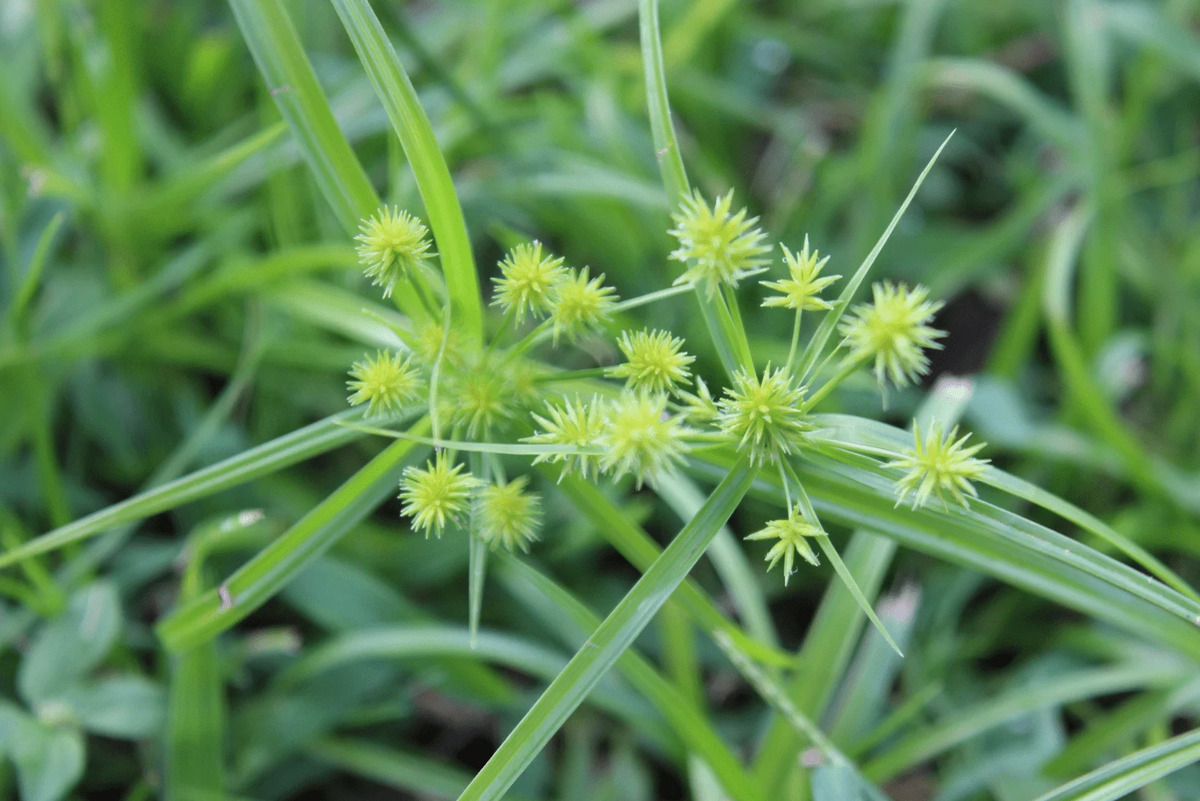
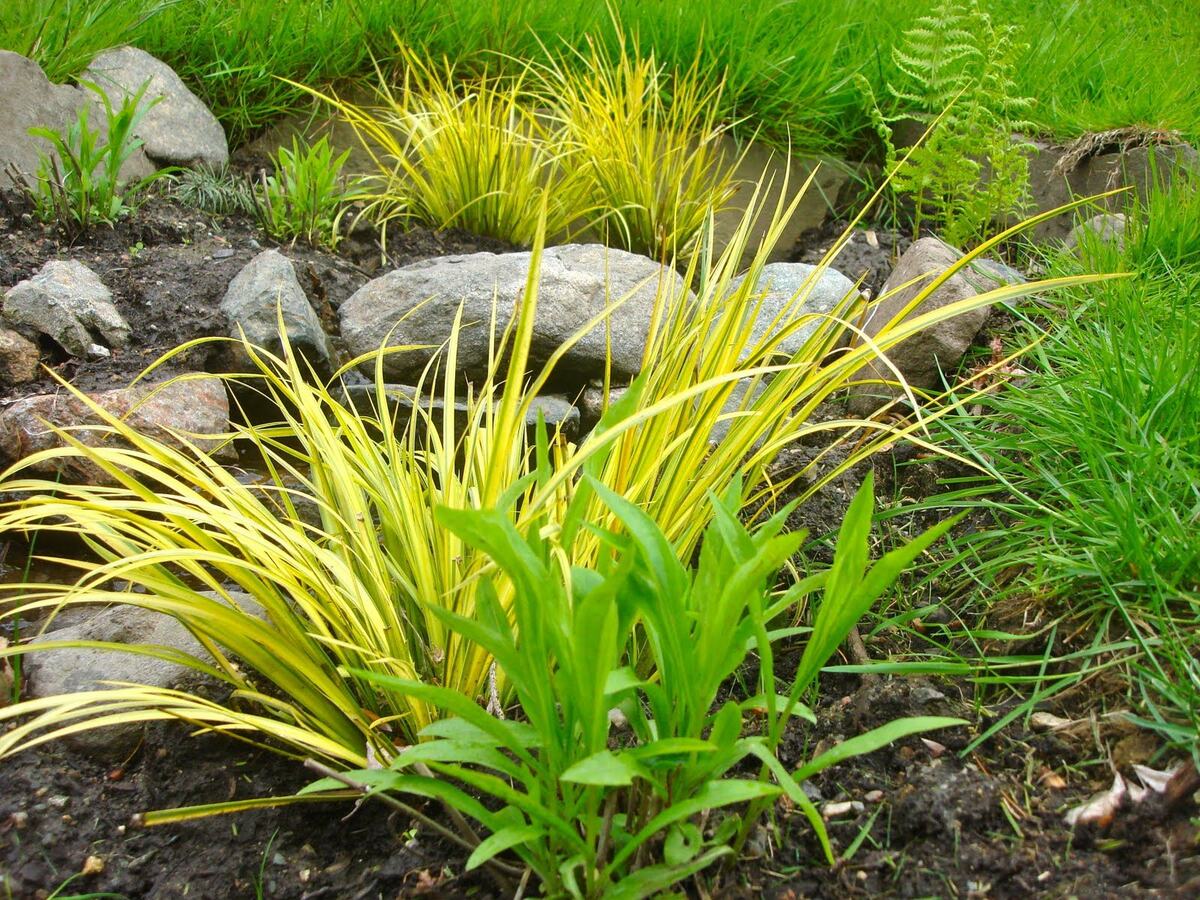
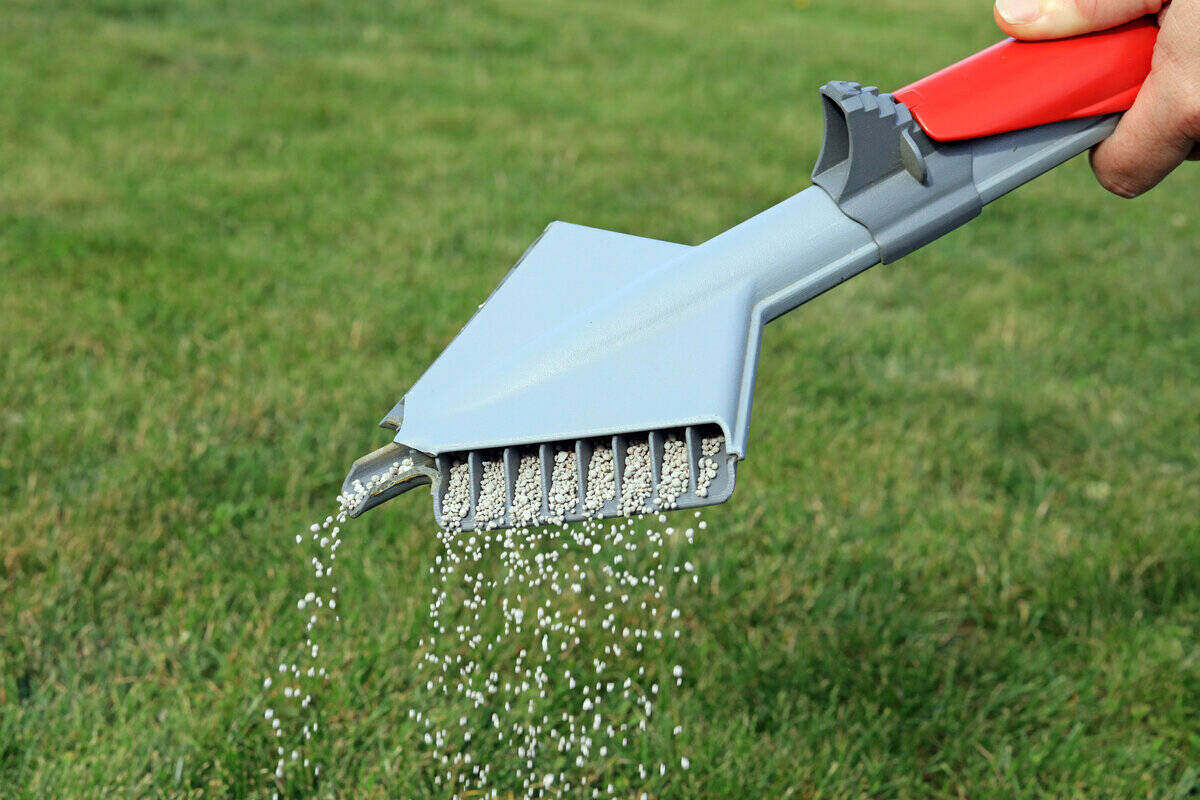
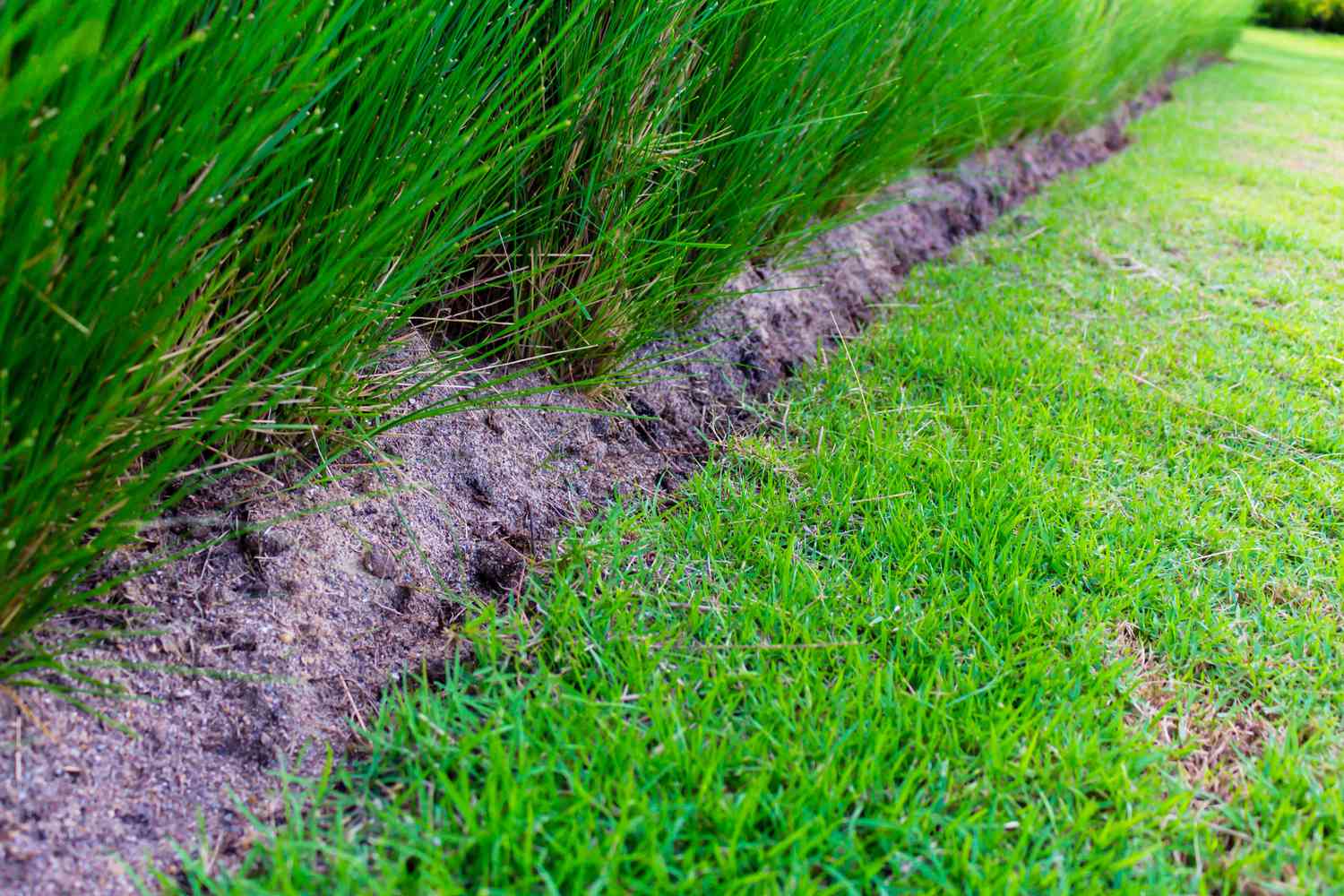
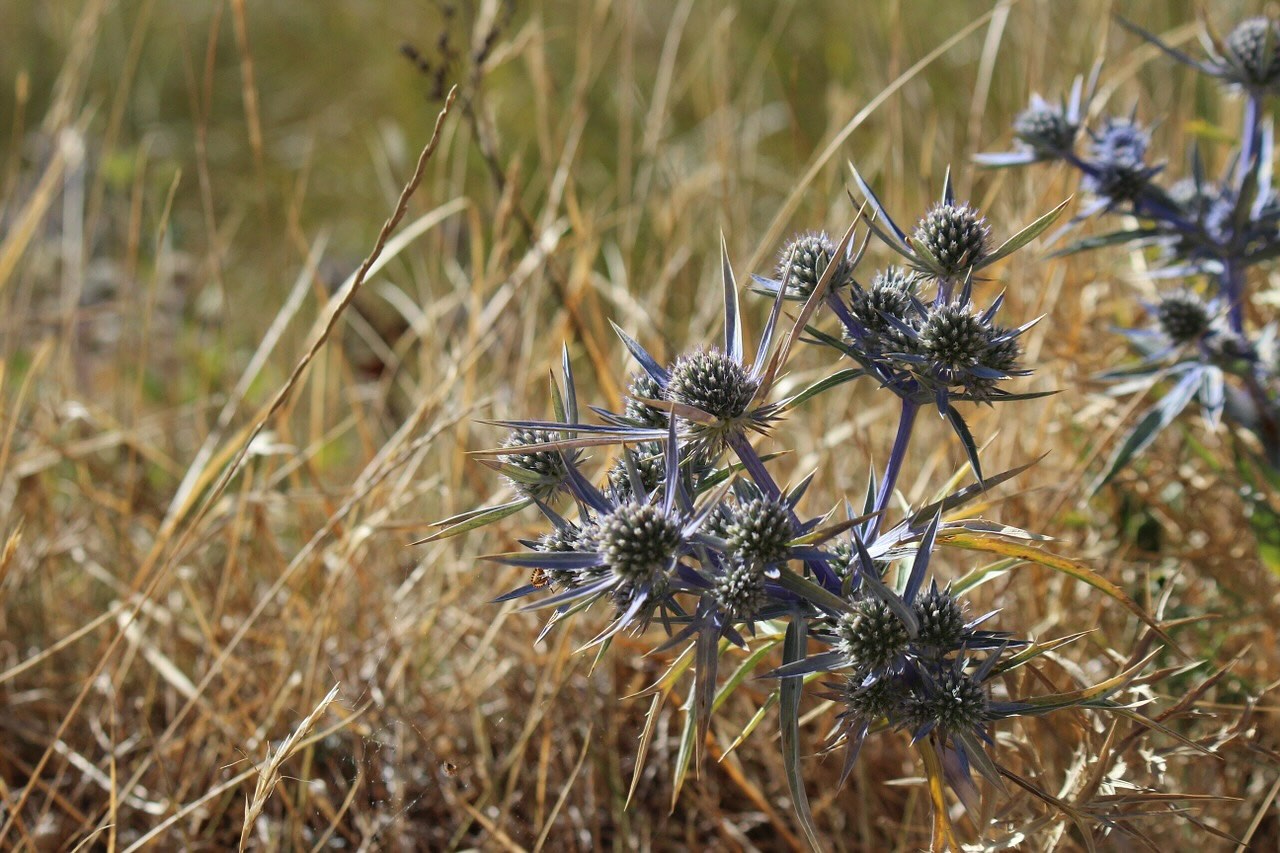








0 thoughts on “How To Get Rid Of Ivy In Grass”